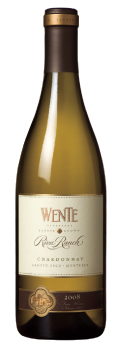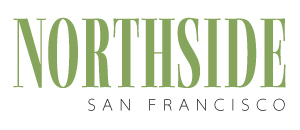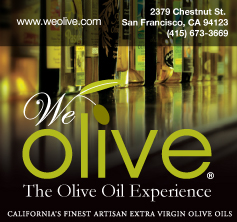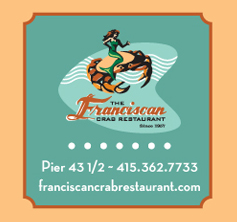All were rated good or very good and are three-liter containers.
• Chardonnay: Monthaven Winery Central Coast 2008, $25
• Zinfandel: Glen Ellen Winery “Old Vine” California 2008, $10
• Zinfandel: Boho Vineyards “Old Vine” California 2008, $24
• Petite Sirah: Glen Ellen Winery “Proprietor’s Reserve” California 2007, $10
• Sauvignon Blanc: Silver Birch Marlborough New Zealand 2009, $24
• Red blend: Bodegas Osborne “Seven Red Wine of Spain” NV, $22
• White blend: Big House Wine Company “Big House White” California 2009, $13
Whence Livermore?

Wente Vineyards produced
the first Chardonnay wine
in California
the first Chardonnay wine
in California
Robert Livermore (1799–1858) was an English sailor who came to California in the 1820s and became a landowner in the area in 1839. It wasn’t until after he died that the area he had settled in was permanently named Livermore.
In 1982, the Livermore Valley was established as an official American Viticultural Area of 96,000 acres, 3,000 acres in vines. The wineries include Concannon, Wente and Ivan Tamas. Concannon Petite Sirah was among the first California wines bottled as a varietal wine. In 1936, Wente produced the first California wine to carry the Chardonnay label. As for Ivan Tamas, it has a 500-year family tradition, and today produces about 60,000 cases per year. Mirassou Winery purchased it in 1997.
Seating is limited, learning is not
Take a S.F. City College wine class at Fort Mason on the following Saturdays, 1 p.m., and taste 20 wines for $50.
• April 9: Taste the Terms – Taste wines that illustrate the 100-plus terms used to describe them. Many people take Taste the Terms over again because the wines and terms are different each time.
• April 16: California vs. the World – Golden State wines compared to others of the same vintage from France, Australia, Chile, Italy, and more. Past sessions have included $30 Chardonnays and $50 to $75 Cabs.
To enroll or wait-list, phone San Francisco City College at 415-561-1840, or visit www.ccsf.edu/services/continuing_education. Register one week before classes begin to receive a $10 discount.
A final wine smile: Equines and vines
In the February 2009 issue of Northside San Francisco, we mentioned how John Amos, DDS likes both horses and wine. He asked if horses played a part in California wine history. We answered that in 1769, Franciscan friar Junipero Serra rode his white horse from the border of the Mexican district of
Baja California into the Spanish province of Alta California. That night, the padre stayed at the newly dedicated Mission San Diego, and in the morning he planted in the gardens the root cuttings of the Mission grape that he had brought with him in his saddlebag. Almost two and a half centuries later, wineries making wine from the Mission grape are Malvadino, Story and Shenandoah.
So much for the vines. About the equines, Dr. Amos said, “Some horses are so polite that when they come to a fence, they stop and let you go first.”
Credits: Edgar Vogt (tastings); Ophie Mercado (statistics)
Fred McMillin has taught wine history for 30 years on three continents and was voted one of the 22 best wine writers in America by Academy of Wine Communications. E-mail: fred@northsidesf.com; fax: 415-567-4468








